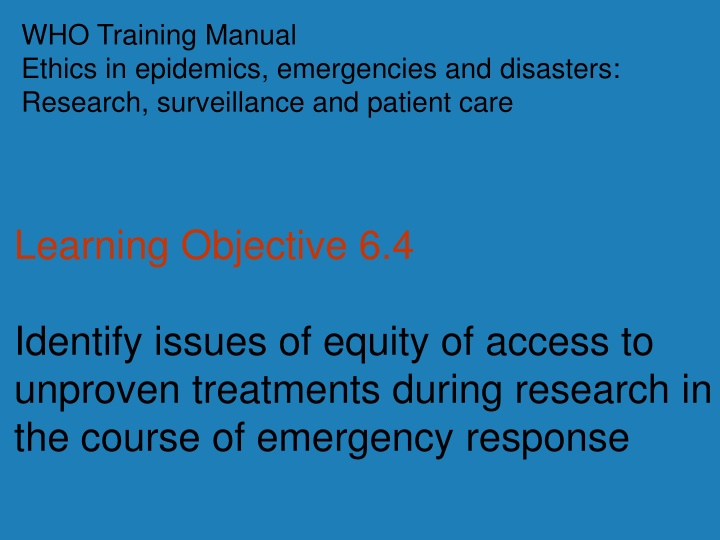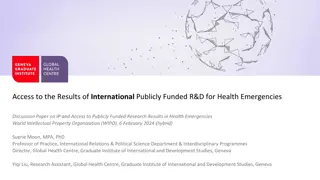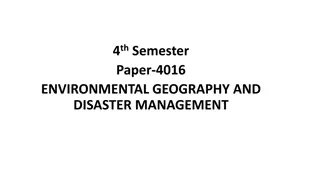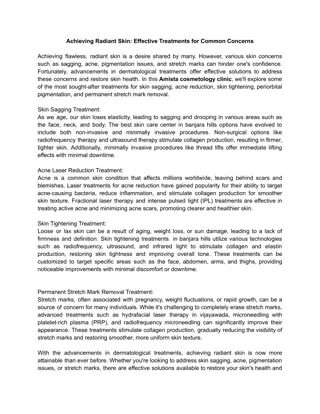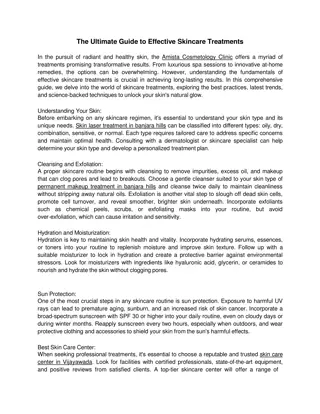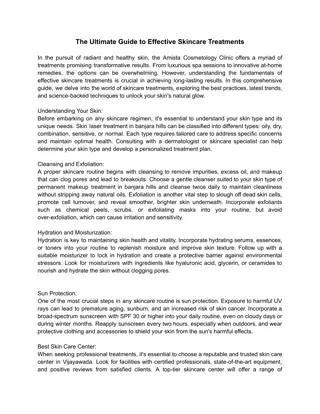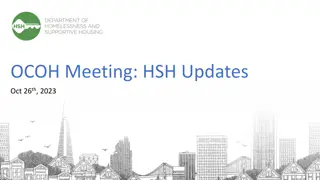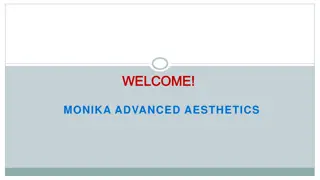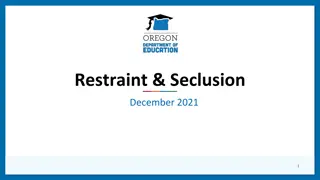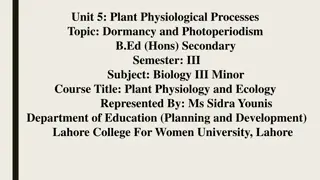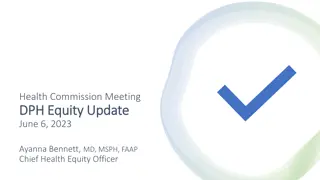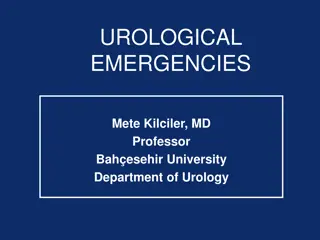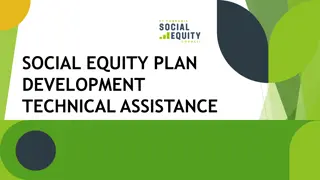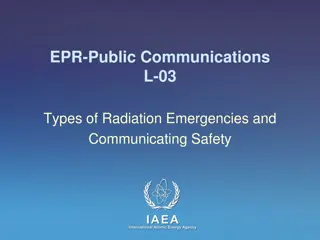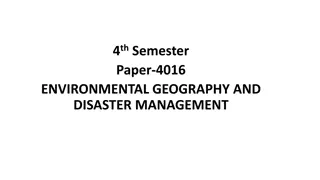Equity of Access to Novel Treatments in Emergencies
Issues of equity arise in emergencies when access to novel treatments is limited. Physicians, patients, and physical bottlenecks can hinder accessibility, but avenues exist to mitigate these challenges and uphold ethical standards.
Download Presentation

Please find below an Image/Link to download the presentation.
The content on the website is provided AS IS for your information and personal use only. It may not be sold, licensed, or shared on other websites without obtaining consent from the author.If you encounter any issues during the download, it is possible that the publisher has removed the file from their server.
You are allowed to download the files provided on this website for personal or commercial use, subject to the condition that they are used lawfully. All files are the property of their respective owners.
The content on the website is provided AS IS for your information and personal use only. It may not be sold, licensed, or shared on other websites without obtaining consent from the author.
E N D
Presentation Transcript
WHO Training Manual Ethics in epidemics, emergencies and disasters: Research, surveillance and patient care Learning Objective 6.4 Identify issues of equity of access to unproven treatments during research in the course of emergency response
Outline 1. Introduction 2. Case study filovirus hemorrhagic fever 3. Debate 4. Conclusion Time (minutes) 0-15 (15 min) 16-30 (15 min) 31-45 (15 min) 46-60 (15 min) Introduction Reading Debate Summary and conclusion Activity L.O. 6.4
What Resources Might Be Limited in a Public Health Emergency? Vaccines Medications to treat infected persons Life-sustaining medical technologies, such as ventilators Hospital beds, particularly in intensive care Laboratory capacity for diagnostic tests Access to medical specialists Infection control equipment L.O. 6.4
Novel treatments in emergencies May develop novel treatments/vaccines in public health emergencies, especially where epidemic is sporadic Benefit sharing normally requires that portion of benefit derived from collected data be returned to those whose data were used But in emergencies, benefits may not be so straightforward to distribute L.O. 6.4
Situations of limited access to novel agents Physicians using professional privilege and acting as gatekeepers Some patients unable/unwilling to enrol in research in spite of feeling they have a legitimate claim to the novel agent under investigation Physical bottlenecks e.g. limited manufacturing capacity Novel treatments not yet broadly accessible but at least relatively efficacious L.O. 6.4
Avenues to increase accessibility Decrease regulatory restrictions Use alternative research designs Multiple the treatments under investigation Appeal to compassionate use Eliminate physical bottlenecks Determine minimal dose Appeal to the Rule of Rescue L.O. 6.4
Equity considerations Access limited to enrolled participants Risk bearing Conflicts of interest L.O. 6.4
Case study Outbreaks of filovirus hemorrhagic fevers in central and west Africa Tuffs A. (2009). Trial vaccine may have saved Hamburg scientist from Ebola fever. British Medical Journal, 388, b1223 L.O. 6.4
Case study small group discussions On what moral grounds was the Hamburg scientist offered investigative treatment? Is this a case of compassionate use? Could humanitarian reasons be put forward to justify the efforts of shipping the post-exposure vaccine from Canada? If yes, could reciprocity be one moral criterion ( The scientist made the sacrifice to risk her life by choosing to research on a highly lethal agent. In return, the community should make all effort to save her life in case of accidental exposure ) When local health workers are exposed to needle stick injuries in the course of an Ebola outbreak in Africa, should they be given the same opportunities of a potentially life-saving treatment? Do the same moral grounds apply (e.g., Are they any less or more worthy of reciprocity? )? L.O. 6.4
Case study small group discussions If the investigative treatment is made available during and outbreak, should its use be restricted to the boundaries of a defined clinical trial? Or on compassionate grounds, like in the case of the Hamburg scientist? If a trial is the only acceptable solution, what should be the design of the trial? For example: consecutive series with historical comparisons, placebo controlled trial? Ultimately, who are the main or intended beneficiaries of research on treatment for filovirus infection? L.O. 6.4
Summary Alternative research designs may offer ways to deal with equity of access to novel drugs in epidemics and disasters May be technical or moral concerns with these alternative designs e.g. informed consent where have lack of knowledge regarding risks of novel agent Must consider who will be the intended beneficiaries of research L.O. 6.4
Sources Tuffs A. (2009). Trial vaccine may have saved Hamburg scientist from Ebola fever. British Medical Journal, 388, b1223 L.O. 6.4
Acknowledgements Chapter authors Calain, Philippe, M decins Sans Fronti res, Geneva, Switzerland Boulanger, Renaud F., Faculty of Medicine, McGill University, Montr al, Qu bec, Canada L.O. 6.4
